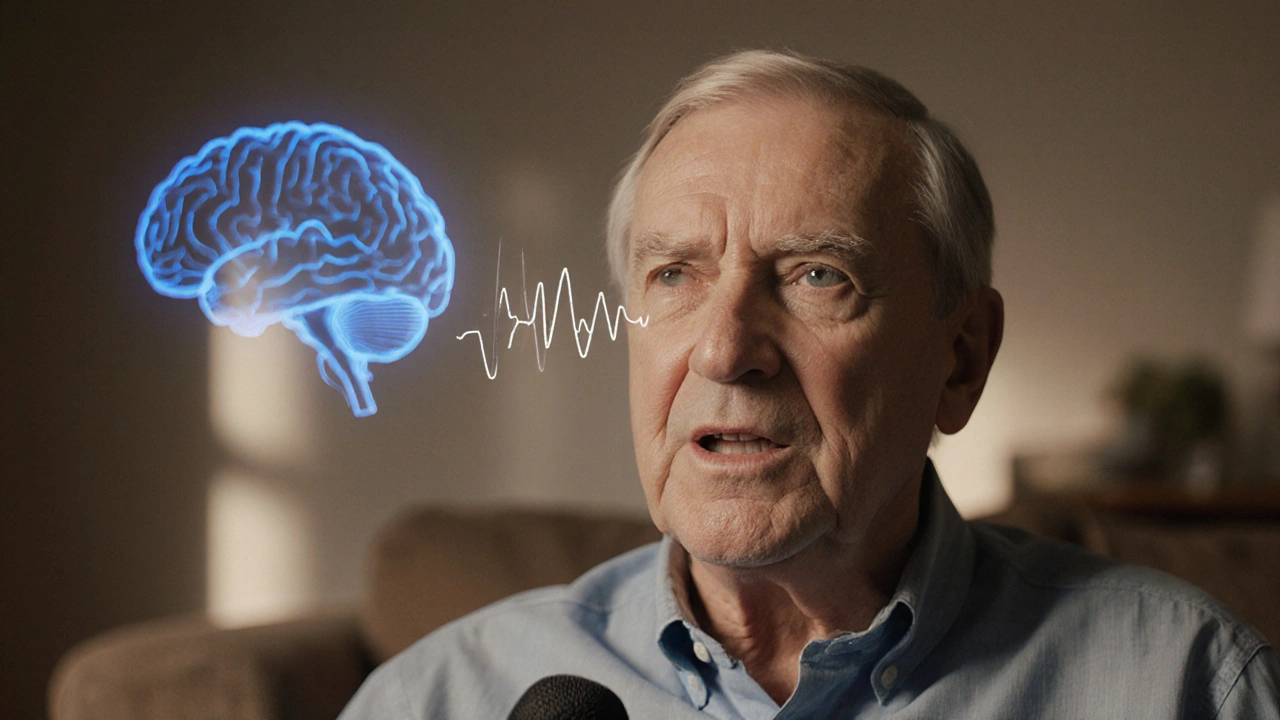Hypophonia: Understanding the Quiet Voice
When dealing with hypophonia, a reduced voice volume often tied to neurological issues. Also known as soft speech, it can make everyday conversations a challenge. Speech therapy, targeted exercises that strengthen vocal cords and improve articulation is the frontline approach for many patients. The condition is especially common in Parkinson's disease, a progressive disorder affecting movement and speech, where dopaminergic loss dampens the signal to the voice box. Another useful concept is vocal rehabilitation, a program that combines breathing techniques, resonance training, and biofeedback. Together, these entities form a network: hypophonia is a type of voice disorder; it often occurs in Parkinson's disease; speech therapy helps improve hypophonia; vocal rehabilitation supports long‑term voice strength. If you’ve noticed your voice getting quieter, hypophonia could be the cause.
Key Topics
Understanding hypophonia starts with its anatomy. The vocal folds rely on precise muscular activity; when that control wanes, the sound output drops. This drop isn’t just about loudness—it affects pitch, clarity, and stamina. Studies show that up to 30% of individuals with Parkinson's disease develop hypophonia, and the impact on social interaction can be profound. Recognizing the early signs—straining, speaking in a whisper, or being told you sound “muffled”—helps clinicians intervene sooner.
Treatment pathways are practical and evidence‑based. Speech therapists often use the Lee Silverman Voice Treatment (LSVT) protocol, which emphasizes high‑effort vocal drills to re‑train the brain’s speech centers. Complementary strategies include respiratory training, which boosts airflow, and resonance exercises that focus sound in the facial mask for louder output without strain. For those who cannot access in‑person sessions, tele‑rehabilitation platforms now offer guided video sessions, real‑time feedback, and home‑practice schedules. Medication adjustments, such as optimizing levodopa dosing, can also reduce hypophonia severity by improving overall motor function.
Beyond therapy, lifestyle tweaks make a difference. Staying hydrated, avoiding smoking, and practicing regular vocal warm‑ups—like humming or lip trills—keep the vocal folds supple. Some patients find that using a personal amplification device during group meetings helps maintain confidence while they work on long‑term improvement. As research evolves, emerging technologies like non‑invasive brain stimulation show promise for boosting vocal output, but they remain adjuncts to the core speech‑therapy regimen.
Below you’ll find a curated set of articles that dive deeper into each of these areas—whether you’re looking for detailed therapy guides, medication considerations, or the latest research on hypophonia and its management.

